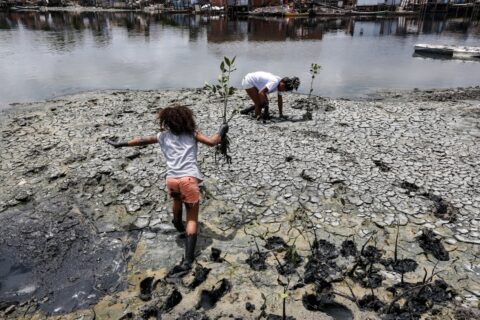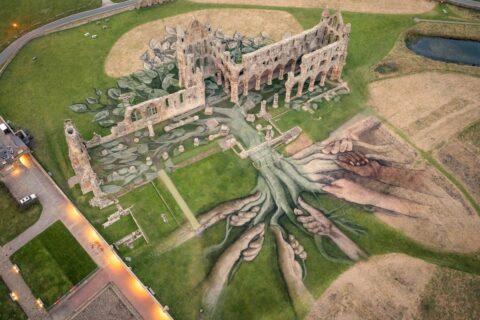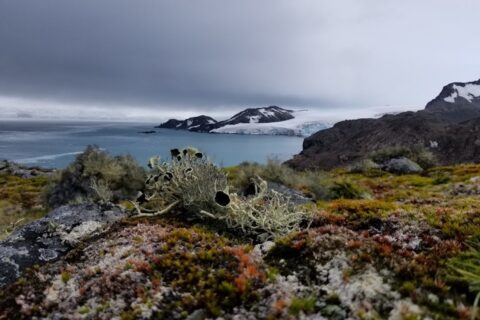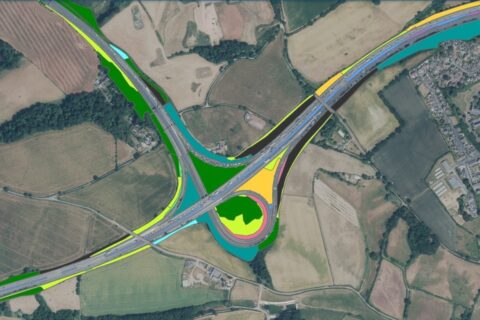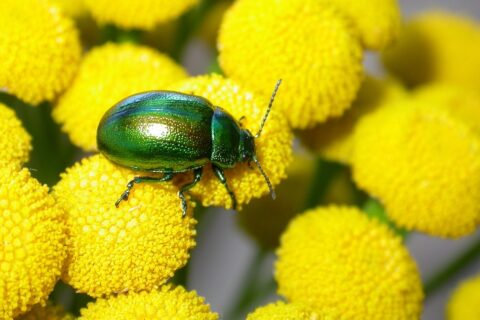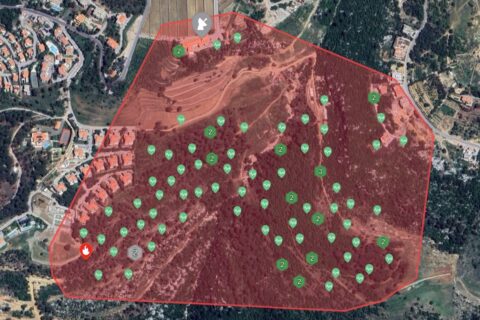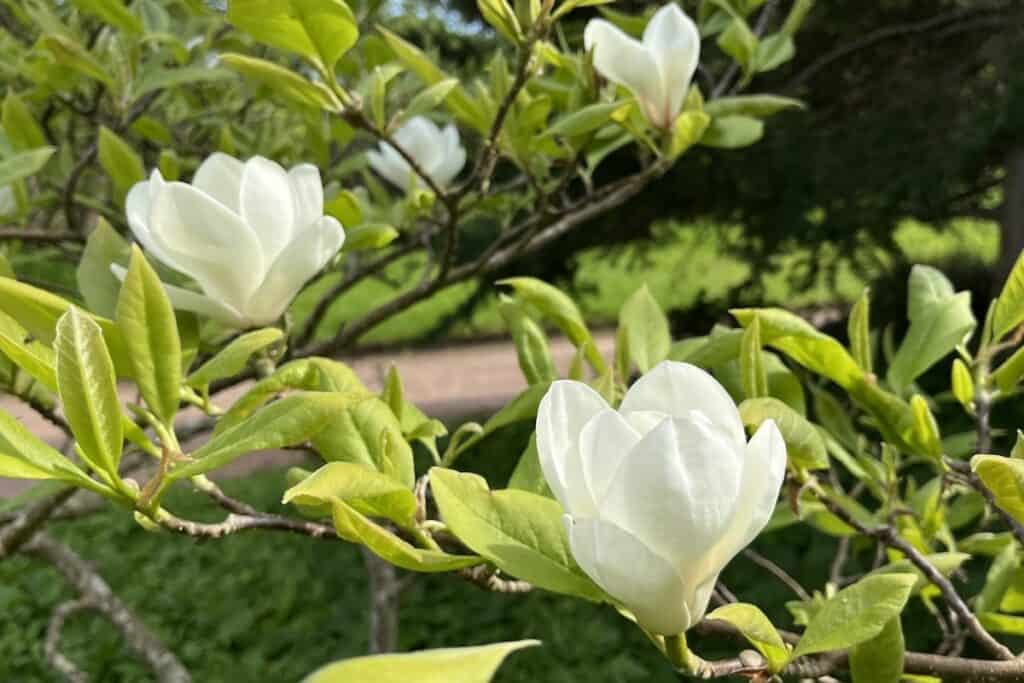
The science community worldwide has collaborated on a major new 2.0 release for the largest biodiversity time-series database on the planet, spanning nearly 150 years of ecological records from 1874–2023.
Created by the University of St Andrews, in Scotland, the BioTIME database offers unprecedented insight into how biodiversity is changing through time across the globe. It helps researchers, policymakers, and the public better understand the complex realities species face in a rapidly changing world.
Published in the journal of Global Ecology and Biogeography, the new version contains data from over 553,000 locations tracking species abundances from the Arctic to the Amazon.
This update to BioTIME 2.0 dramatically expands on the previous version of the database, targeting increased geographic and taxonomic representation. The database now includes nearly 12 million records representing more than 56,000 species across marine, freshwater, and terrestrial ecosystems.
Collection of assemblage data
BioTIME 2.0 is the most comprehensive collection of ecological assemblage time-series ever created. An assemblage is a group of organisms of the same taxon (like fish, plants or birds) living in the same place.
This is different from say a population, which is focused only on one species. It is possible to keep track of populations from assemblage level data, but not the other way around. Assemblage data is essential to calculate multiple biodiversity metrics including species richness and diversity.
History matters, explains project lead Professor Maria Dornelas from the University of St Andrews:
“Data from the past is precious to help us understand where and how biodiversity is changing. Human eyes and ears are the main instruments behind this massive data resource. This database is the collective work of hundreds of people, both scientists and citizen scientists, who systematically record species and their abundances over time.”
Publication of BioTIME 2.0 brings together 485 co-authors from more than 400 institutions in 40 countries.
Collaboration is key, says BioTIME database manager, Dr Garrett Fundakowski, also from St Andrews:
“It’s a powerful example of how the scientific community can come together to build something bigger than any one person or team. It serves as a testament to global cooperation in the face of our rapidly changing planet.”
Challenge ideas on biodiversity loss
Since its initial release, BioTIME has already underpinned influential studies in biodiversity science and global policy. Researchers have used the database to challenge assumptions about biodiversity loss, uncover patterns of ecological change, and inform conservation strategies.
The initiative is ongoing, states co-collaborator Dr Inês Martins, from the University of York, England:
“The work is not over. BioTIME is very much a living database, and our team is committed to continue its development, with more datasets being added in the future.”
The project is planet-wide, adds core group member Dr Viviana Brambilla from the University of Lisbon:
“Working on standardising data for BioTIME is like travelling around the world: we learn about different places, ecosystems and communities on a daily basis, and how ecologists observe species abundances in different ways.”
Look beyond extinction headlines
BioTIME enables scientists to look beyond extinction headlines and explore wider, deeper questions of ecosystem and population change in the context of land use, climate change and conservation efforts.
Data is core to understanding trends, says database manager Cher Chow, a PhD student at St Andrews:
“Critical questions that we want to ask about the state of global biodiversity need to be powered by so much data.”
BioTIME 2.0 is freely available for use by researchers, conservationists, educators, and the general public.
So, the whole science world benefits, concludes Dr Faye Moyes, from the University of St Andrews:
“We hope that this improved database and future iterations will benefit researchers around the globe.”
Further Reading:
- More about the BioTIME database project; and the University of St Andrews;
- More about the latest version published in the journal of Global Ecology and Biogeography;
- Also on SustMeme, Giant ancient coral colony discovered in Red Sea;
- Also on SustMeme, Data at heart of collaboration on climate change;
- Also on SustMeme, Forest now covers 25% post-industrial landscape;
- Also on SustMeme, Continent-wide study of plant life in Antarctica;
- Also on SustMeme, Satellites and AI to map biodiversity of highways;
- Also on SustMeme, Conservation boost for endangered Tansy Beetle;
- Also on SustMeme, Reforestation grows towards goal of 100M trees;
- Also on SustMeme, Football pitch of rainforest lost every 6 seconds.
Check out the full archive of stories under the SustMeme Biodiversity & Conservation Channel, now available to Sponsor.

